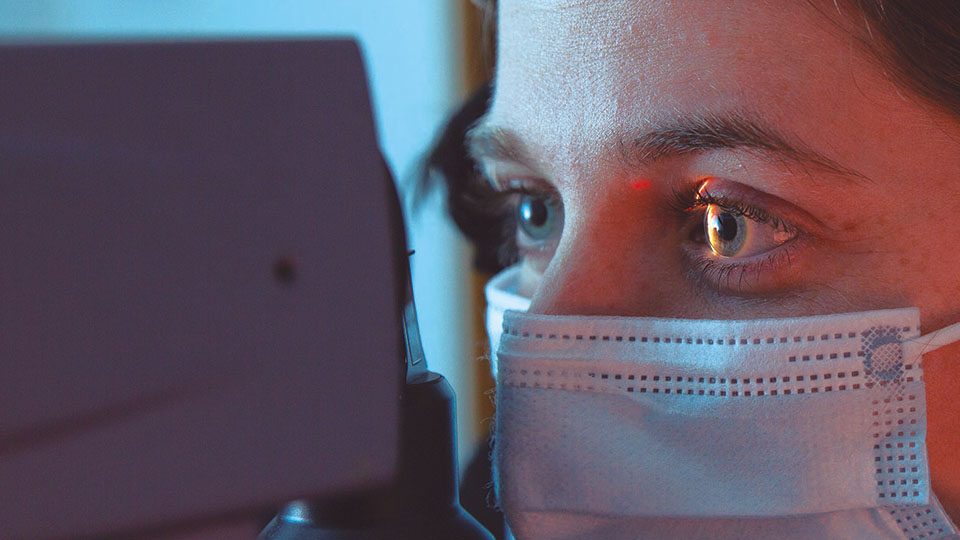What causes cataracts in the eyes and how to prevent them?
06/03/2025

05/04/2023
There are various types of glaucoma and the majority of cases are asymptomatic. It is not until the advanced stages of the disease that a loss of vision and peripheral visual field become apparent to the patient.
An exception to this rule is closed angle glaucoma, in which a sudden increase in intraocular pressure accompanied by blurred vision, red eyes, dilated pupils, severe eye pain and even nausea and vomiting may occur.
In closed-angle glaucoma the aqueous humour exit passageway is compromised as the camerular angle is obstructing the iris. It is an eye emergency and must be treated quickly with a procedure called a Nd-YAG laser peripheral iridotomy.
A complete and thorough eye exam can identify in good time those who have an anatomical eye predispostion that could put them at risk of suffering from what is commonly known as an "acute glaucoma attack".
These patients would undergo a preventive Nd:YAG laser peripheral iridotomy, thus avoiding the possibility of them suffering acute decompression of intraocular pressure in the future.
Laser peripheral iridotomy is a non invasive and very safe procedure. The treatment involves make a small hole in the peripheral part of the iris using a Nd-YAG laser which does not require incisions.
It is an outpatient treatment and does not require any prior preparation by the patient. We advise that you bring someone with you as you may experience blurred vision due to the drops used to contract the pupil and some passing glare from the light of the microscope used in the procedure.
In the case of an acute glaucoma attack, a reduction in intraocular pressure and in the symptoms is usually observed soon after the treatment.
Dr. Marta Mármol, ophthalmologist at the Barraquer Ophthalmology Centre